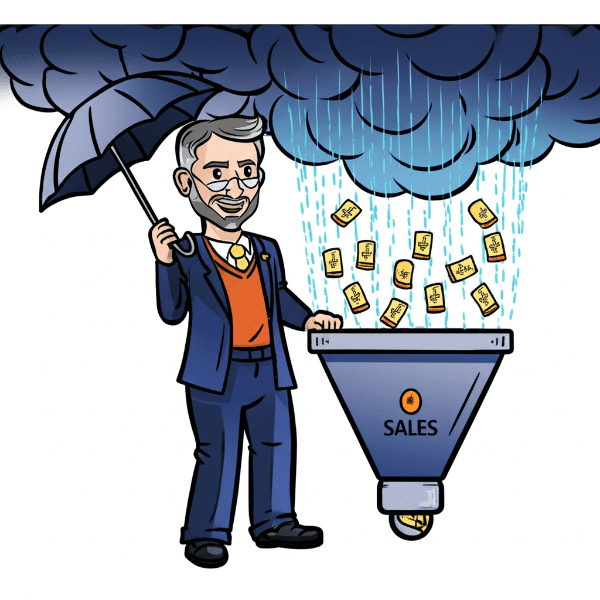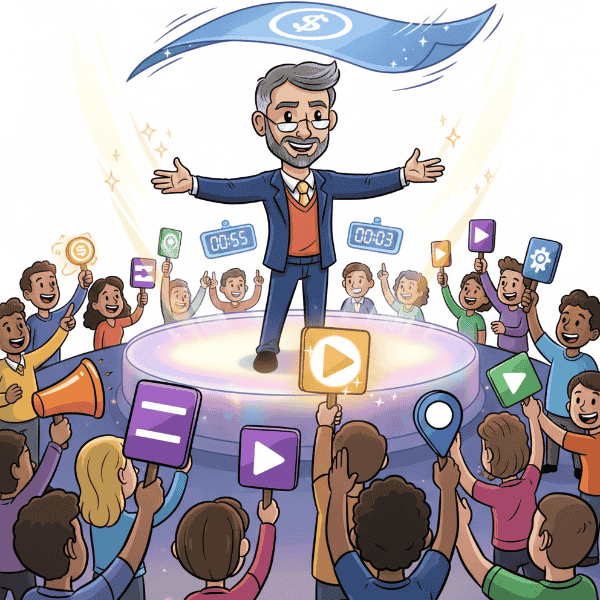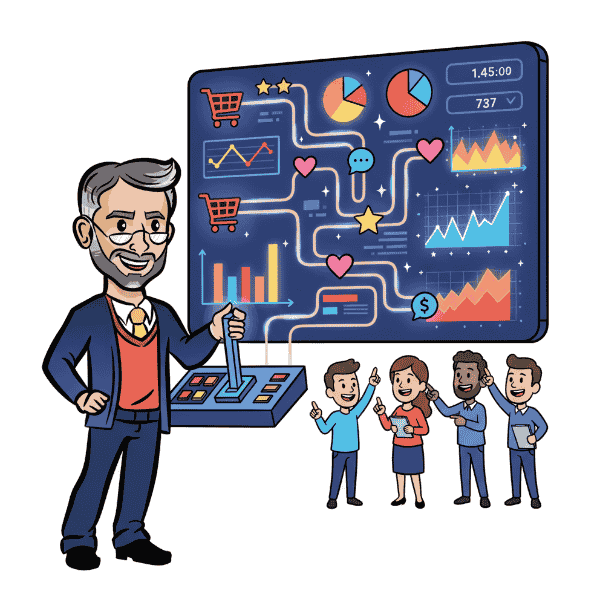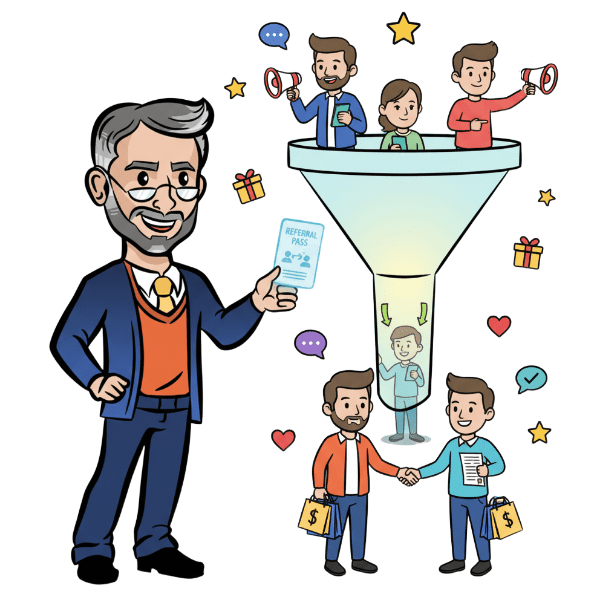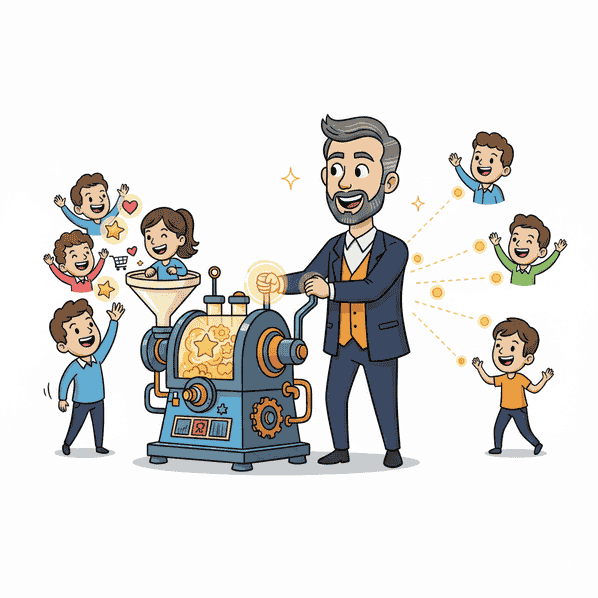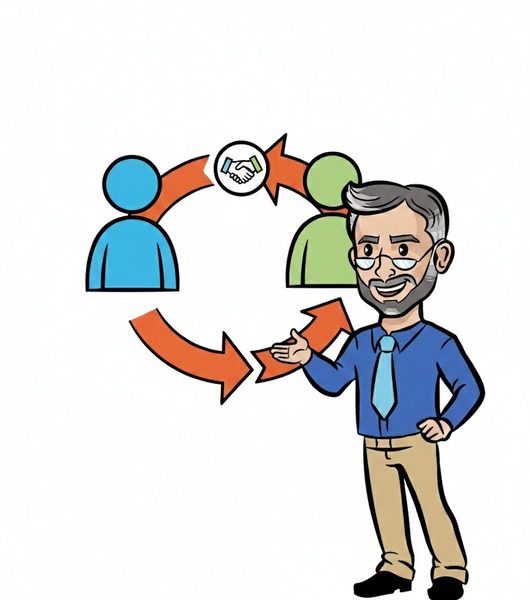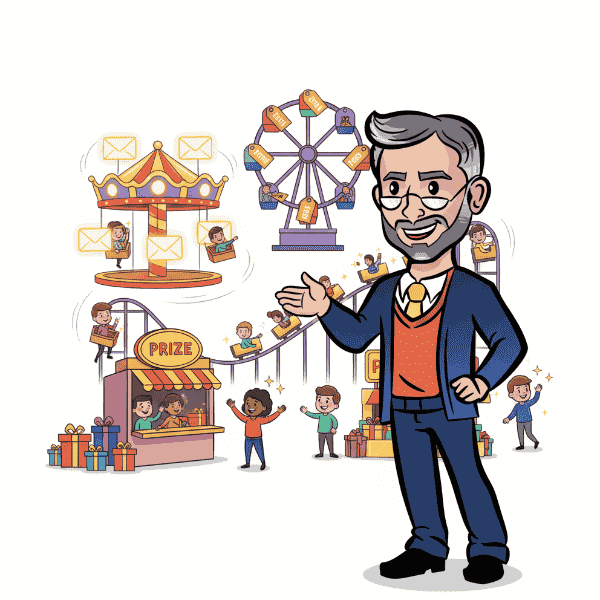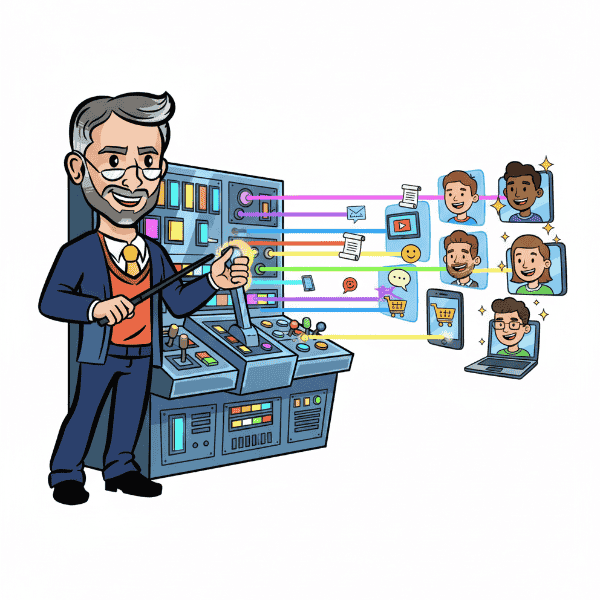
Definition: Real-time content delivery is the process of serving dynamic, personalised content instantly based on a user’s behaviour, location, or context. It ensures audiences receive the most relevant message at the exact moment of engagement—whether through websites, apps, or digital ads. Real-time delivery relies on automation, AI, and data tracking to adapt content in milliseconds.
Use it in a Sentence: The brand used real-time content delivery to show different homepage offers depending on each visitor’s browsing history.
Why It Matters
In today’s fast-paced digital environment, users expect instant access to information. Real-time content delivery meets this demand by:
- Enhancing User Engagement: Immediate content keeps users informed and engaged, reducing bounce rates.
- Improving User Experience: Timely updates ensure users have the latest information, enhancing satisfaction.
- Supporting Critical Applications: In sectors like finance or emergency services, real-time data is crucial for decision-making.
Best Practices
To effectively implement real-time content delivery:
1. Utilize Content Delivery Networks (CDNs)
CDNs distribute content across multiple servers globally, ensuring faster delivery to users based on their geographic location.
2. Implement WebSockets or Server-Sent Events (SSE)
These technologies allow servers to push updates to clients instantly, maintaining a persistent connection for real-time communication.
3. Optimize Content for Speed
Compress images, minify code, and use caching strategies to reduce load times and ensure swift content delivery.
4. Monitor Performance Metrics
Regularly track metrics like latency and throughput to identify and address delivery bottlenecks.
More Definitions
(From the Sales Funnel Professor Jargon Encyclopedia)
- Content Personalization Engines – Tools that dynamically adjust website content, emails, and ads based on user behavior, preferences, and past interactions. These engines enable real-time adaptability, ensuring that content shifts based on new interactions to keep the user experience fluid and highly relevant.
- Why Hyper-Personalization Algorithms Matter – Hyper-personalization algorithms leverage AI and machine learning to deliver highly tailored experiences in real-time, transforming how businesses connect with their customers by anticipating needs and serving relevant content instantly.
- Cross-Platform Funnels – Strategies that ensure messaging, offers, and user journeys remain consistent and tailored across every channel, from email and social media to landing pages and mobile apps, enhancing real-time content delivery across platforms.
- Personalized Content – Using platforms like HubSpot, brands can deliver content that feels personal, boosting engagement, trust, and conversion through better audience targeting.
Useful Posts
(From the Sales Funnel Professor Blog)
- Top of Funnel: Organic Social Strategies – Discover effective organic social media strategies to engage your audience and boost your brand’s presence, laying the groundwork for real-time content interactions.
- Zero-Cost Marketing Best Practices – Explore how to promote your products or services without direct financial expenditure, utilizing strategies that can be enhanced through real-time content delivery.



